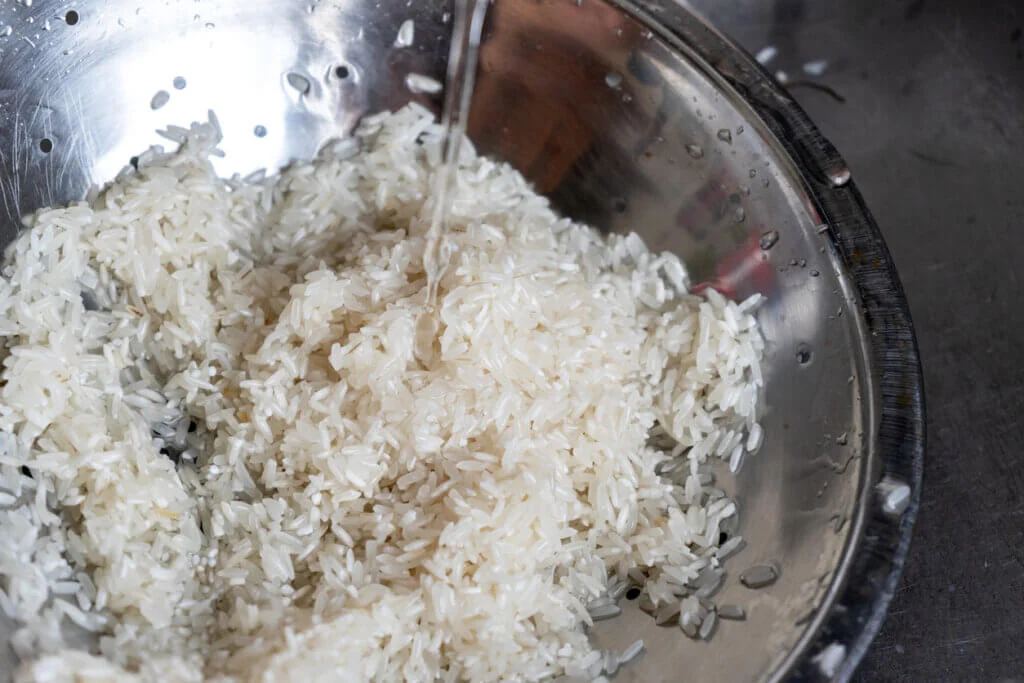How to Fix Mushy Rice on the Stove
I. Introduction
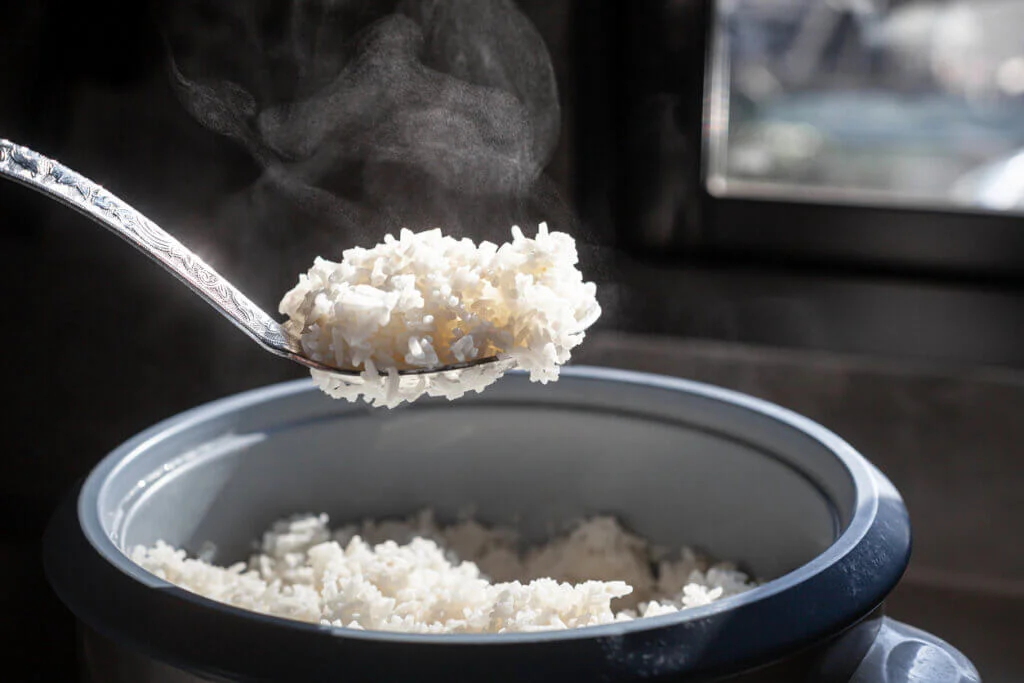
A. The Importance of Cooking Rice Properly
Rice is a staple food for many cultures around the world, and it plays a significant role in various cuisines. It is a versatile grain that can be used in numerous dishes, ranging from simple side dishes to complex main courses. However, one common problem that many cooks encounter is ending up with mushy rice instead of fluffy and separate grains. Cooking rice properly is crucial to ensure a delightful dining experience.
B. Addressing the Issue: How to Fix Mushy Rice on the Stove
If you find yourself dealing with mushy rice, don’t fret! There are several simple techniques you can employ to salvage your dish and achieve the desired texture. This article will explore the causes of mushy rice, provide solutions to fix it, and offer tips to prevent it from happening in the future. So, let’s delve into the topic and learn how to fix mushy rice on the stove.
II. Understanding the Causes of Mushy Rice
A. Incorrect Rice-to-Water Ratio
One of the primary causes of mushy rice is an incorrect rice-to-water ratio. Many people struggle with finding the right balance between rice and water, resulting in either undercooked or overcooked rice. It is essential to understand the importance of proper measurements to achieve the desired texture.
- Importance of Proper Measurements
When cooking rice, using the right amount of water is crucial. Too much water can make the rice soggy, while too little can leave it undercooked and hard. Therefore, it is essential to follow the recommended ratio for the specific type of rice you are using.
- Adjusting the Ratio for Desired Texture
To fix mushy rice caused by an incorrect rice-to-water ratio, you can adjust the measurements accordingly. If the rice is too mushy, use less water in your next batch. Conversely, if it is too dry, increase the water slightly. Experimenting with slight adjustments will help you find the perfect balance for achieving the desired texture.
B. Cooking Time and Heat Control
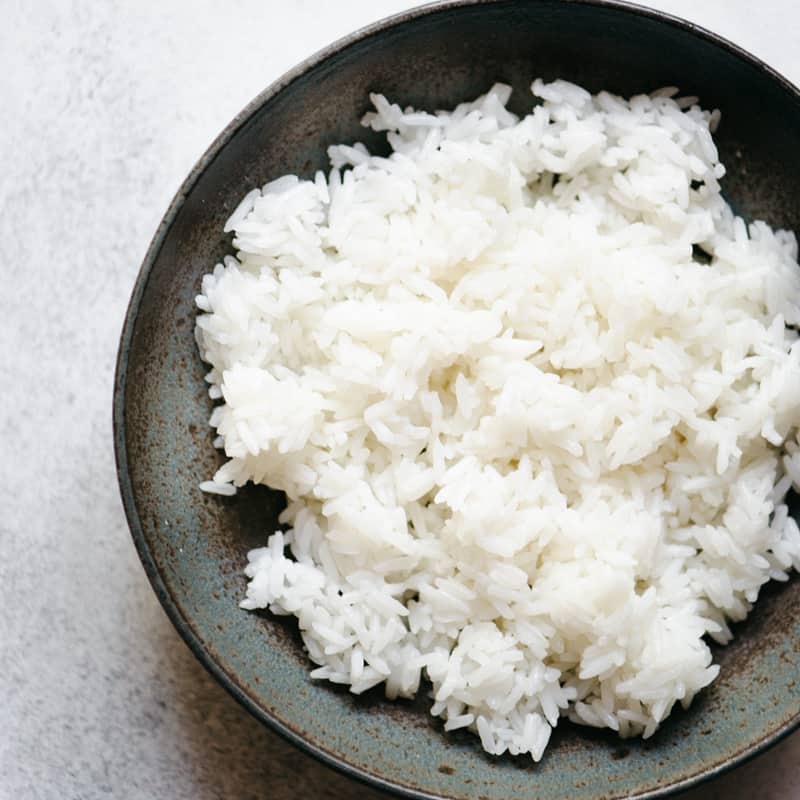
The cooking time and heat control are equally important factors that determine the texture of cooked rice. Overcooking and excessive heat can result in mushy rice, while insufficient cooking time can lead to undercooked rice.
- Overcooking and Excessive Heat
Overcooking rice or subjecting it to excessive heat can cause it to become mushy. The excess heat breaks down the starches and releases extra moisture, resulting in a sticky and unappetizing finished product.
- Achieving Optimal Texture through Proper Cooking Time
To prevent mushy rice, it is vital to cook it for the appropriate amount of time. The cooking time varies depending on the type of rice, so it is crucial to refer to the package instructions or any specific recipe you are following. Timely removal from heat and proper resting time also play a significant role in achieving optimal texture.
III. Methods to Fix Mushy Rice on the Stove
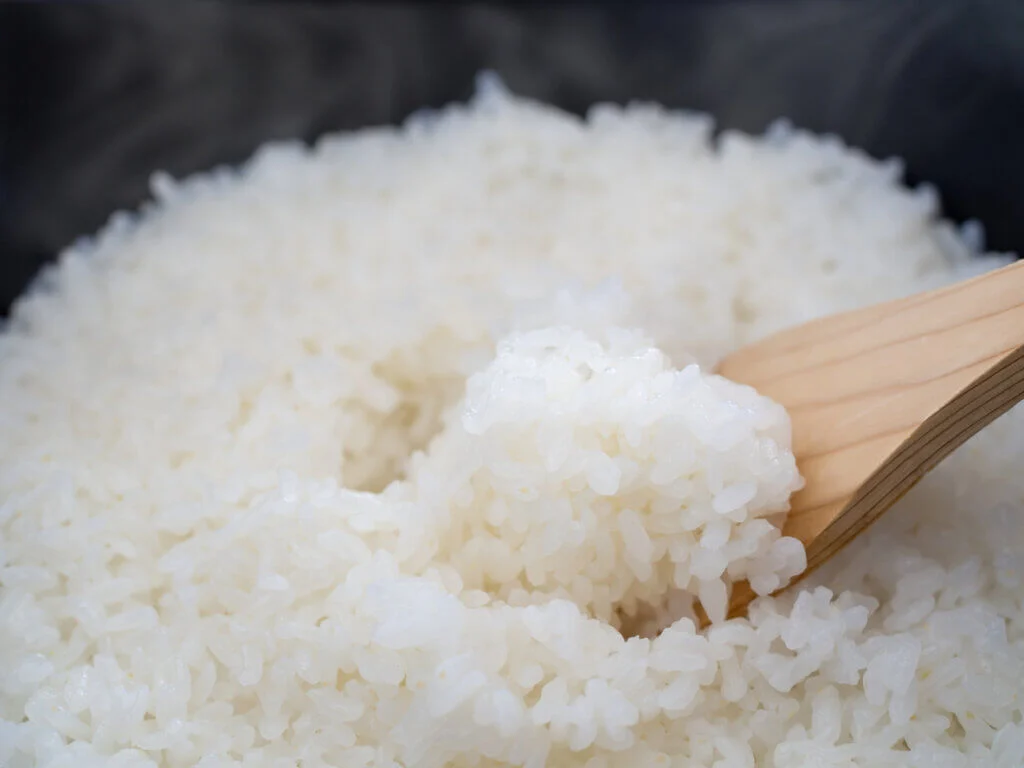
A. Draining and Rinsing
If you find yourself with slightly overcooked rice that is slightly mushy, one quick fix is to drain and rinse it. This method helps remove excess moisture and restore some texture to the grains.
- Quick Fix for Slightly Overcooked Rice
To fix slightly mushy rice, drain the excess liquid using a strainer or colander. Then, rinse the rice under cold water to remove any additional starch and moisture.
- Using a Strainer to Remove Excess Moisture
Draining the rice in a strainer allows the excess water to escape, effectively stopping the cooking process and reducing the risk of further mushiness. Rinsing the rice under cold water helps cool it down quickly and removes any residual starch, preventing further clumping of the grains.
B. Fluffing and Separating the Grains
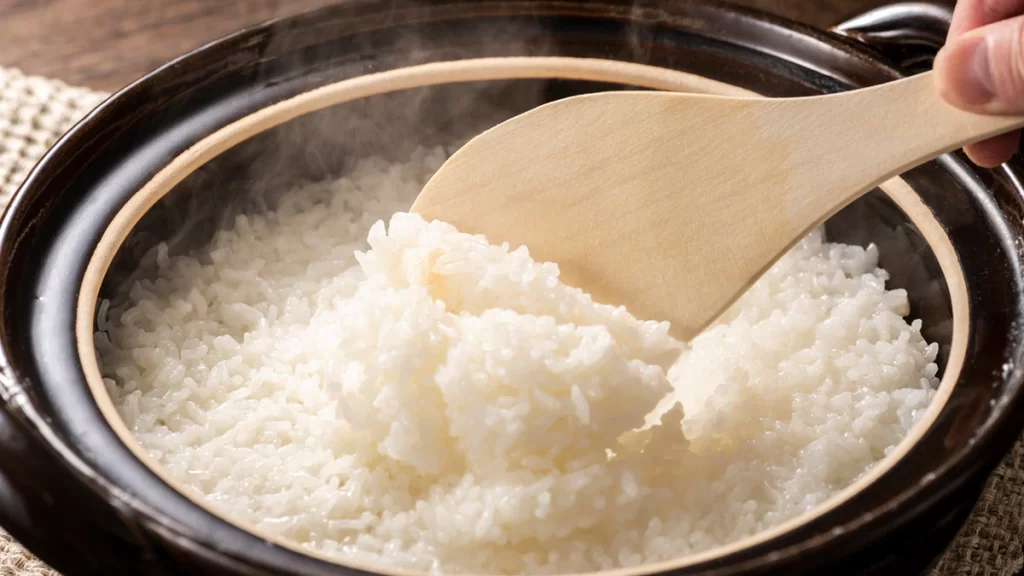
Another technique to fix mushy rice is to fluff and separate the grains. This method helps loosen the rice and restore its individual texture.
- Gentle Fork Technique
To fluff and separate cooked rice, use a fork and gently stir it. Avoid vigorous stirring, as it can break the grains and result in a mushier texture. Instead, use a light touch to gently separate the grains and create a lighter, fluffier consistency.
- Tips for Fluffing and Separating Cooked Rice
When fluffing and separating cooked rice, try using a fork with wide tines to prevent clumping. Additionally, allowing the rice to rest for a few minutes before fluffing can make the process easier. It’s also helpful to use a gentle side-to-side motion when stirring, rather than a circular motion, as it helps keep the grains intact. By following these tips, you can effectively fix mushy rice and restore its desired texture.
IV. Preventive Measures for Perfectly Cooked Rice
A. Proper Rice-Washing Technique Rinsing Rice to Remove Excess Starch One of the key preventive measures for perfectly cooked rice is to properly wash the rice before cooking. Rinsing rice helps remove excess starch, which can contribute to mushy rice. By rinsing the rice under cold water until the water runs clear, you can achieve cleaner grains and prevent them from sticking together.
Achieving the Ideal Water Clarity To ensure effective rinsing, it is essential to achieve the ideal water clarity. This means rinsing the rice until the water becomes clear and free from cloudiness. By reaching the desired water clarity, you minimize the amount of starch left on the rice grains, resulting in better texture and consistency.
B. Rice-soaking and Resting Benefits of Pre-soaking Rice Pre-soaking rice is another preventive measure that can improve rice texture and prevent mushiness. Soaking rice in water for 20-30 minutes before cooking helps to soften the grains and allows for even cooking. This is particularly beneficial for longer-grain varieties like basmati or jasmine rice.
Allowing Cooked Rice to Rest before Serving After cooking, it is important to allow the rice to rest before serving. This resting period allows the steam to evenly distribute and the moisture to redistribute throughout the grains. It helps the rice to firm up slightly and prevents it from becoming too mushy. Simply let the rice sit, covered, for around 5-10 minutes before fluffing it up with a fork.
V. Additional Tips and Troubleshooting
A. Using the Right Pot and Lid Choosing the Correct Pot Material Selecting the right pot material is important for achieving perfectly cooked rice. Nonstick pots tend to retain more moisture, which can lead to mushy rice. Opt for pots made of stainless steel or cast iron, as they allow for better heat distribution and evaporation.
Ensuring a Tight-Fitting Lid A tight-fitting lid is essential for trapping the steam during the cooking process. Without a properly fitting lid, the evaporating steam can escape, leading to uneven cooking or dry rice. Make sure the lid securely fits the pot to create a sealed environment for cooking.
B. Adjusting Cooking Time and Heat Monitoring Rice Texture and Doneness To prevent overcooking or undercooking rice, it is crucial to monitor its texture and doneness throughout the cooking process. Check the rice occasionally by tasting a few grains to determine if they are cooked to your desired level. Adjust the cooking time accordingly to achieve the desired texture.
Modifying Cooking Time for Different Rice Types Different rice varieties have different cooking times and require adjustments to achieve perfectly cooked results. Basmati and jasmine rice, for example, may require less cooking time than short-grain rice. Follow the specific instructions for the type of rice you are cooking and make adjustments as necessary.
VI. Conclusion
By implementing preventive measures for perfectly cooked rice, such as properly washing the rice, pre-soaking, and allowing the rice to rest before serving, you can significantly reduce the risk of ending up with mushy rice. Using the right pot and lid, as well as adjusting the cooking time and heat, are also important factors to consider. With these tips and troubleshooting techniques in mind, you can consistently achieve perfectly cooked rice with a delightful texture and mouthfeel. Enjoy your fluffy and delicious rice in various dishes with confidence!

